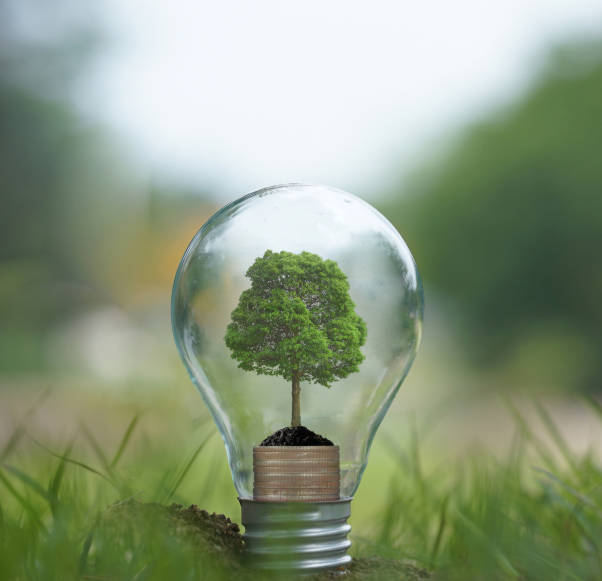Introduction
In an era where environmental consciousness is on the rise, individuals and businesses alike are seeking sustainable solutions to reduce their carbon footprint. One area where significant strides have been made is in the realm of lighting, with DC (direct current) lighting emerging as a frontrunner in the pursuit of eco-friendly illumination. In this post, we will explore the benefits of DC lighting and its role in fostering sustainability.
Reducing Carbon Footprints
Traditional alternating current (AC) powered lighting systems have long been associated with energy inefficiency and environmental harm. DC lighting, on the other hand, provides a more sustainable alternative. One of the primary reasons for its eco-friendliness lies in its ability to eliminate energy losses associated with the AC-DC conversion, a process common in traditional AC lighting systems. By operating directly on DC power, these lighting solutions minimize energy waste, resulting in a reduced carbon footprint.
Energy Efficiency and Cost Savings
DC lighting systems are inherently more energy-efficient than its AC counterparts. Traditional AC lighting technologies, such as incandescent bulbs, waste a significant amount of energy as heat. In contrast, DC LED lighting converts a higher percentage of energy into visible light, leading to reduced electricity consumption and lower energy bills. This efficiency not only benefits the environment but also promotes long-term cost savings for individuals and businesses alike.
Integration with Renewable Energy Sources
As the world increasingly embraces renewable energy sources like solar, battery storage, and wind power, the compatibility of DC lighting with these sources becomes a crucial factor in promoting sustainability. DC lighting systems can seamlessly integrate with renewable energy setups, allowing for a more harmonious and efficient utilization of clean energy. This compatibility encourages the transition towards a greener future, where lighting solutions play a pivotal role in reducing dependence on non-renewable resources.
Extended Lifespan and Reduced E-Waste
DC lighting technologies, especially LEDs, boast a longer lifespan compared to traditional lighting options. The longevity of these bulbs translates to fewer replacements and, consequently, reduced electronic waste. With the global issue of e-waste gaining attention, adopting DC lighting not only contributes to energy efficiency but also aligns with the principles of a circular economy by minimizing the environmental impact associated with the disposal of obsolete lighting products.
Smart Lighting and Sustainable Practices
The advent of smart lighting systems, often designed to operate on DC power, further amplifies the sustainability narrative. These systems allow for precise control over lighting levels, schedules, and color temperatures, optimizing energy usage based on need. Integrating smart DC lighting into homes and businesses not only enhances user experience but also reflects a commitment to sustainable practices by minimizing unnecessary energy consumption.
Conclusion
In the quest for a more sustainable future, every aspect of our daily lives, including the way we illuminate our spaces, plays a crucial role. DC lighting emerges as a beacon of eco-friendliness, reducing carbon footprints, promoting energy efficiency, and aligning seamlessly with renewable energy sources. By embracing DC lighting solutions, we take a step towards a brighter, more sustainable tomorrow—one where responsible lighting choices contribute to a healthier planet for generations to come.









